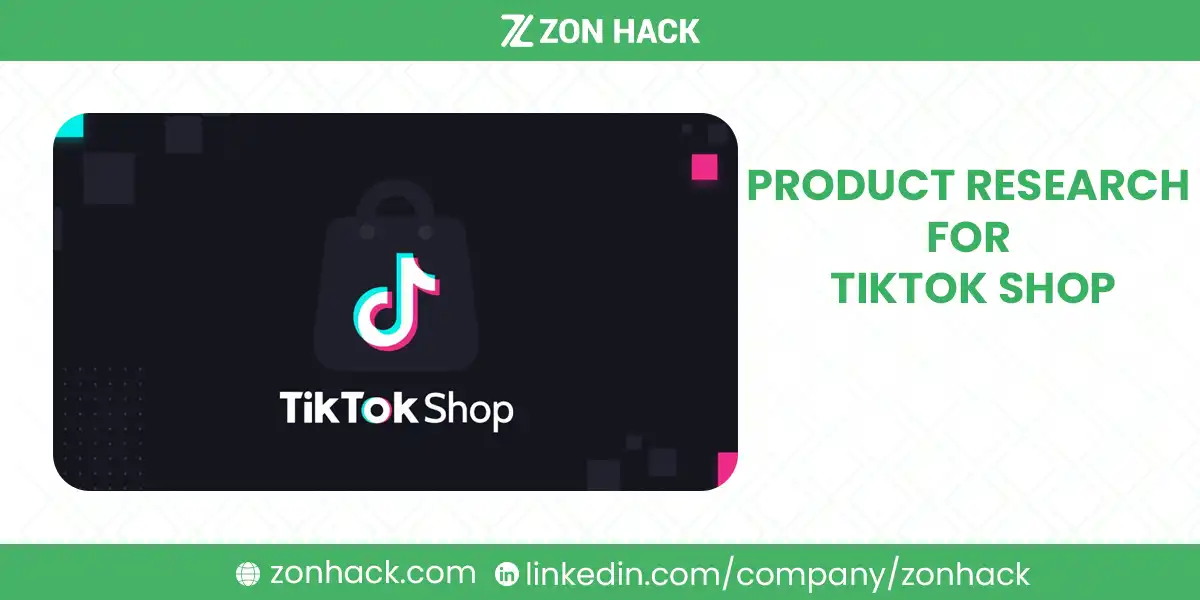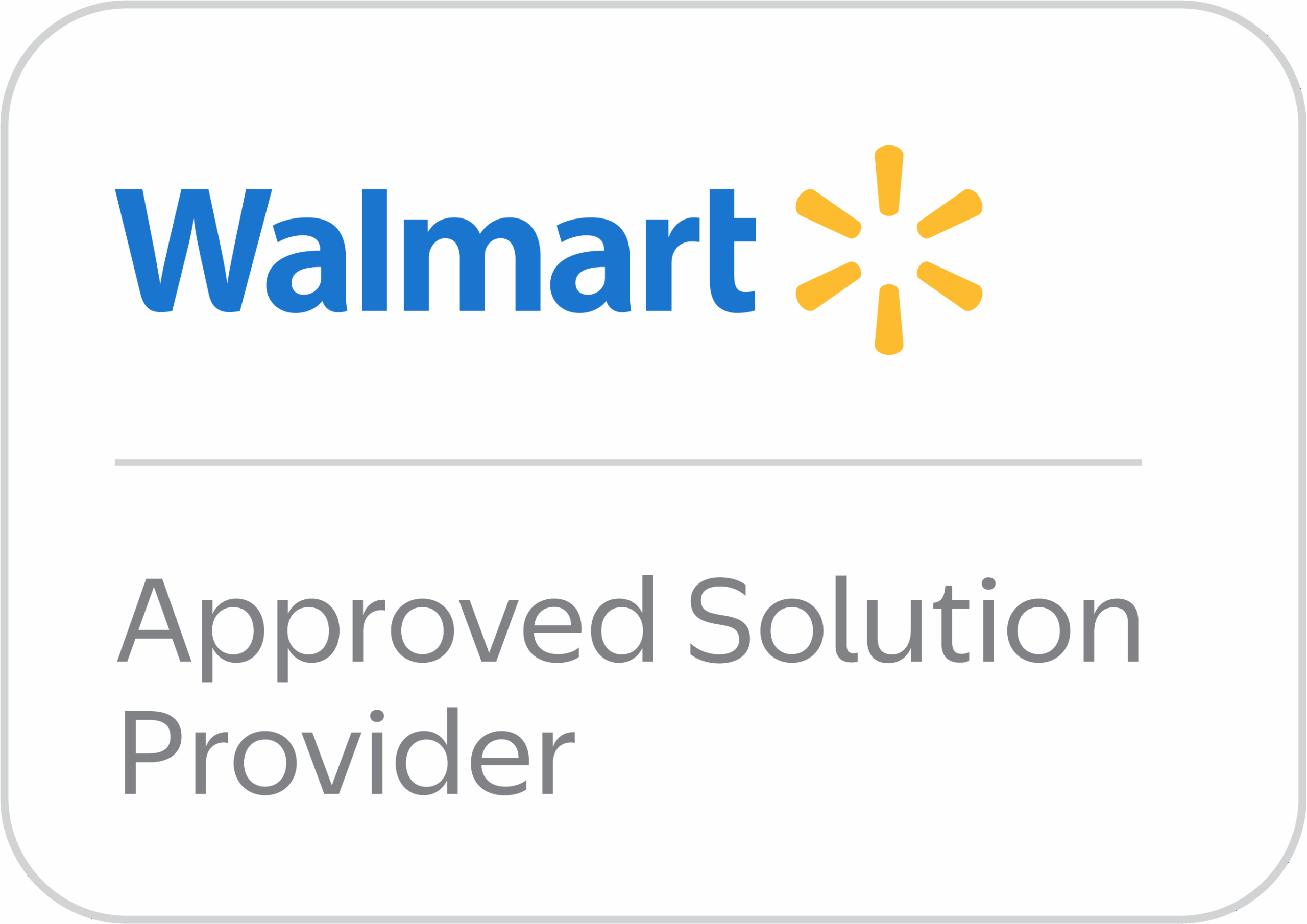TikTok Shop isn’t just another eCommerce platform. It’s an ecosystem powered by trends, creators, and fast-moving content. What sells here often has less to do with traditional keyword demand and more to do with emotional engagement and timing.
If you’re a brand, affiliate, or dropshipper, good product research helps you avoid one of the most common traps: pushing products no one is interested in. Without research, you’re left guessing. And in a market where videos go viral overnight, that’s a risky game.
TikTok isn’t forgiving to guesswork.
The goal of your product research should be simple:
- Spot what’s trending before everyone else does
- Understand what’s converting and why
- Find products that spark a reaction — laughter, curiosity, desire, or urgency
TikTok’s e-commerce scene has exploded in the last year. In 2023, TikTok Shop crossed $20 billion in global GMV. That’s not a fluke. It’s a shift in how younger audiences — and increasingly, older ones too — discover and buy products.
If you’re not doing the work upfront, you’re likely promoting the wrong things or missing out on items that could bring in thousands in daily sales.
What Makes TikTok Shop Different From Amazon or Shopify?
First, TikTok Shop is a content-first marketplace.
That means product discovery doesn’t start with a search bar. It starts with a scroll.
Products don’t sit on static pages. They appear in short videos that entertain, tell a story, or show the product in action — sometimes all three.
Another key difference: most TikTok Shop sellers (especially in the U.S.) are required to hold domestic inventory. This makes the platform much closer to Shopify in terms of fulfillment, but with TikTok’s algorithm as the storefront.
Also, unlike Amazon, where SEO and reviews dominate, TikTok thrives on authenticity, emotion, and timing. A product might have zero reviews and still sell thousands of units — if the video is good enough.
Your First Stop: The TikTok App Itself
Let’s start simple. The best product research tool for TikTok Shop is… TikTok.
It sounds obvious, but most sellers don’t use TikTok actively like their buyers do. They post, they leave. But the real insights are hidden inside your own For You Page (FYP) — if you train it well.
Start behaving like your target audience. Watch content in your niche. Like it. Comment. Save. Ignore irrelevant videos. Over a few days, TikTok will start feeding you trends your ideal customer sees.
Pay attention to:
- Products shown multiple times
- Videos with over 100,000 views and strong engagement
- Influencers repeatedly promoting similar items
- Comments asking “Where can I get this?” — that’s a signal of buyer intent
The FYP is a living trend feed. Use it.
TikTok Trend Discovery and Search: Unearthing What’s Hot
Now dig deeper. TikTok has its own Trend Discovery tools that can fast-track your research.
Search for hashtags like:
- #TikTokMadeMeBuyIt
- #TikTokShopFinds
- #AmazonFinds
- #UnboxingTikTokShop
These hashtags often reveal trending products across niches — skincare, gadgets, kitchen tools, fashion, even novelty items.
Look at the engagement ratio — views to likes to comments. If a video has 500K views but only 1,000 likes, the audience didn’t connect. But if it has 20,000+ likes and hundreds of comments, that’s something to explore.
Also, go beyond one video. See if multiple creators are promoting the same product. That often means a brand is scaling, and the product is working.
Using the TikTok Creative Center: A Research Powerhouse
If you’re serious about TikTok Shop, the TikTok Creative Center should be in your daily toolkit. It’s free, and it’s powerful.
Inside the Creative Center, focus on:
1. Trending Videos & Hashtags:
Filter by region and category. Find content that’s working now — not last month. Look for patterns in how creators are filming successful product content.
2. Keyword Insights:
This section shows which keywords are spiking in usage. For example, if you see a keyword like “pore cleaner” or “retro speaker” growing rapidly, dig into the content behind it.
3. Top Products Tab:
Some TikTok Creative Center dashboards (especially in Southeast Asia) show top-selling items. For the U.S., this data is more limited, but third-party tools can help (more on those below).
4. Commercial Music Library:
Find trending sounds you’re allowed to use. This is critical for both organic and paid content. Some products go viral because of the sound attached.
Use the Creative Center not just to find products, but to study how they’re being marketed. What’s the hook? What’s the first 3 seconds like? How is the creator using captions and music to hold attention?
Studying the Competition — Smartly
Every viral product has a seller behind it, and often, dozens of affiliates trying to ride the wave. Studying them gives you an edge.
Look at:
- Their top-viewed TikToks
- How they structure product demos
- Whether they use UGC, storytelling, humor, or problems as their angle
- How frequently they post — daily, weekly, or in bursts
- What hashtags they repeat
Also watch the comments — they’re a goldmine. Are people asking for links? Complaining about price? Loving the design? You’ll get real feedback without running your own test.
And if you’re seeing the same product from multiple influencers, it often means a brand is scaling with affiliates. That means there’s still room — or competition is heating up.
Tip: Use the “Suggested Accounts” feature on TikTok profiles. This reveals similar creators — many of whom might be selling similar products or operating in the same niche.
Creators and Influencers as Research Sources
Influencers are more than promoters. They’re trend amplifiers.
Follow at least 20-30 creators in your product category — especially mid-sized influencers (10K to 500K followers). They often reveal product trends early and post with less curation than larger creators.
Watch for sponsored videos. When a creator says, “This is from TikTok Shop,” that’s your cue. Look at the brand, the product, the style of the pitch.
If you’re building a product list, note down:
- Creator name
- Video link
- Product being promoted
- Date posted
- Views and likes
This creates a trend watchlist you can refer back to.
Validating Demand with External Tools
TikTok itself gives you visibility, but for real data — like daily sales volume or live TikTok Shop revenue — you’ll need third-party platforms.
Tools like FastMoss and Caldata have become popular for TikTok Shop sellers. They show things like:
- Top-performing TikTok Shop products
- Estimated units sold per day
- Revenue trends
- Live ad creatives and affiliate campaigns
For example, you might discover a certain portable blender is selling 3,000 units/day through affiliate links. That’s not a guess — that’s real market validation.
Most of these tools are paid, but even limited data from free versions can help you avoid wasting weeks testing products no one is buying.
Emotion, Desire, and Engagement: The TikTok Formula
Finally, ask yourself: Why would someone share this product video?
That’s the real test.
TikTok products that go viral often trigger:
- Laughter
- Curiosity
- Satisfaction (think “before and after” transformations)
- Urgency or FOMO
Desirability matters more than utility. A product might be useful, but if it looks boring on camera, it’s probably not for TikTok.
Focus on things that:
- Visually demonstrate value
- Deliver a “wow” factor in seconds
- Solve a relatable problem in a unique way
- Are giftable, novelty-driven, or emotion-led
Even something as simple as a light-up shower head or a cord organizer with a twist can work — if the content makes people feel something.
How to Find Winning Products on TikTok Shop (Data-Driven Methods)
Beyond what’s trending, you need to know what’s actually selling.
Since TikTok doesn’t publicly show full product sales data like Amazon, we have to rely on proxy indicators — tools, seller accounts, and patterns in affiliate content.
Here are methods that work:
1. Monitor High-Volume Creators
Some TikTok Shop affiliates post 5–10 videos a day. Not all of them go viral, but their catalog often includes products with consistent sales.
Look for creators who:
- Use call-to-action overlays like “Get it here” or “Available on TikTok Shop”
- Mention product pricing, bundles, or shipping details
- Frequently repeat the same product in different formats
This tells you the product is converting, and likely backed by sales commissions.
2. Study TikTok Shop Affiliate Portals (U.S. and SEA)
If you’re registered as a TikTok Shop seller or affiliate, you can access TikTok’s backend seller center or affiliate portal.
Inside, you’ll see:
- Top-selling products available for affiliate marketing
- Commission rates (some go up to 40–50%)
- Product detail pages with sales velocity indicators
- Fulfillment regions (important for fast U.S. shipping)
This is one of the most direct ways to spot winners.
In the Southeast Asia region, TikTok publicly shows a “Top Products” leaderboard. In the U.S., this is limited — but insiders often share updates in Telegram groups, Discords, and seller forums.
Third-Party Tools for TikTok Product Research
While TikTok’s native tools are strong, third-party platforms offer deeper insights — especially around product tracking and ad performance.
Tools worth exploring:
1. Shoplus
Popular among TikTok Shop sellers, especially in Southeast Asia. Shoplus shows:
- Top TikTok Shop sellers
- Trending videos and creators
- Product analytics by category
- Historical sales data (volume, views, etc.)
2. EchoTik
Another excellent tool. Great for tracking:
- Video engagement vs. product click-throughs
- Influencer content tied to TikTok Shop
- Product ranking trends over time
3. Minea
Used for both TikTok and Facebook ad spy. On TikTok, it tracks:
- Ads from popular creators
- Product pitch styles and performance
- Estimated sales velocity (based on views, engagement)
These platforms aren’t free, but they can cut your product research time by 80%. Many offer trial periods. Use those wisely.
Picking the Right Products for TikTok Shop: The 5-Point Filter
Once you have a shortlist, you need to validate your product choices. Not everything that trends is worth selling.
Use this 5-point filter to qualify a TikTok Shop product:
1. Does It Have Scroll-Stopping Appeal?
Can it make someone pause in under 1 second?
Visual impact matters. Think:
- Unique shapes, colors, or movements
- Before/after effects
- Dramatic transformations
A collapsible water bottle? Yes. A plain phone case? Probably not.
2. Is It Easy to Demonstrate in a Short Video?
Can the product be explained visually in 5–15 seconds?
Complex or utility-driven products often struggle unless the benefit is obvious on camera.
3. Is It Priced for Impulse?
TikTok Shop works best in the $10–$40 range. That’s the impulse-buy zone.
Too cheap, and you’ll face thin margins. Too expensive, and you’ll need multiple videos and trust layers to convert.
4. Does It Solve a Specific Problem?
Products that answer a “why” sell better.
Not just “cool” — but helpful, funny, or emotionally satisfying.
Think: “Tired of tangled cords?” → Here’s a retractable charger.
5. Can It Be Shipped Fast (Ideally from the U.S.)?
TikTok buyers are used to Amazon-level speed.
If you’re importing from overseas, you risk delays and bad reviews — or worse, account flags.
Testing Products the Right Way on TikTok Shop
Before going all in on a product, test it smartly.
Start with:
- 3–5 short videos showing different angles (problem-solving, humor, ASMR, trending sounds)
- Test different hooks in the first 3 seconds
- Watch engagement closely — likes, comments, shares, and view retention
If you get traction, invest in more creator content or paid ads.
Tip: Even if your first post flops, it doesn’t mean the product is bad. Often it’s the angle or execution that needs refining.
FAQs: TikTok Shop Product Research
What type of products do best on TikTok Shop?
Visually engaging, affordable, easy-to-demo products do best. Think beauty tools, kitchen gadgets, home hacks, quirky toys, or problem-solving accessories.
How do I find U.S. suppliers for TikTok Shop?
Use platforms like Zendrop, Spocket, or CJ Dropshipping with U.S. warehouses. You can also reach out to local fulfillment centers or stock yourself via wholesale sites like Faire.com or Alibaba U.S. section.
Can I sell Amazon products on TikTok Shop?
Yes, but you need to own or stock the inventory. Dropshipping Amazon-to-TikTok is not recommended and could get your account flagged.
How many videos should I test before deciding if a product is a winner?
At least 3–5 variations. Each should test different hooks, formats, or angles. Give it time — some products take multiple attempts.
Bottom Line
Success on TikTok Shop isn’t random.
It’s about understanding what works visually, what resonates emotionally, and what converts quickly.
The most successful TikTok Shop sellers aren’t always the most creative — they’re the most observant. They track trends early, study data, and test smartly.
Good product research is what separates a few hundred dollars in sales… from scaling to $10K/day.
Whether you’re dropshipping, building a brand, or promoting as an affiliate, take your research seriously.
And if you need help with Product Research or even DFY TikTok Shop Management, don’t hesitate to contact ZonHack today.




